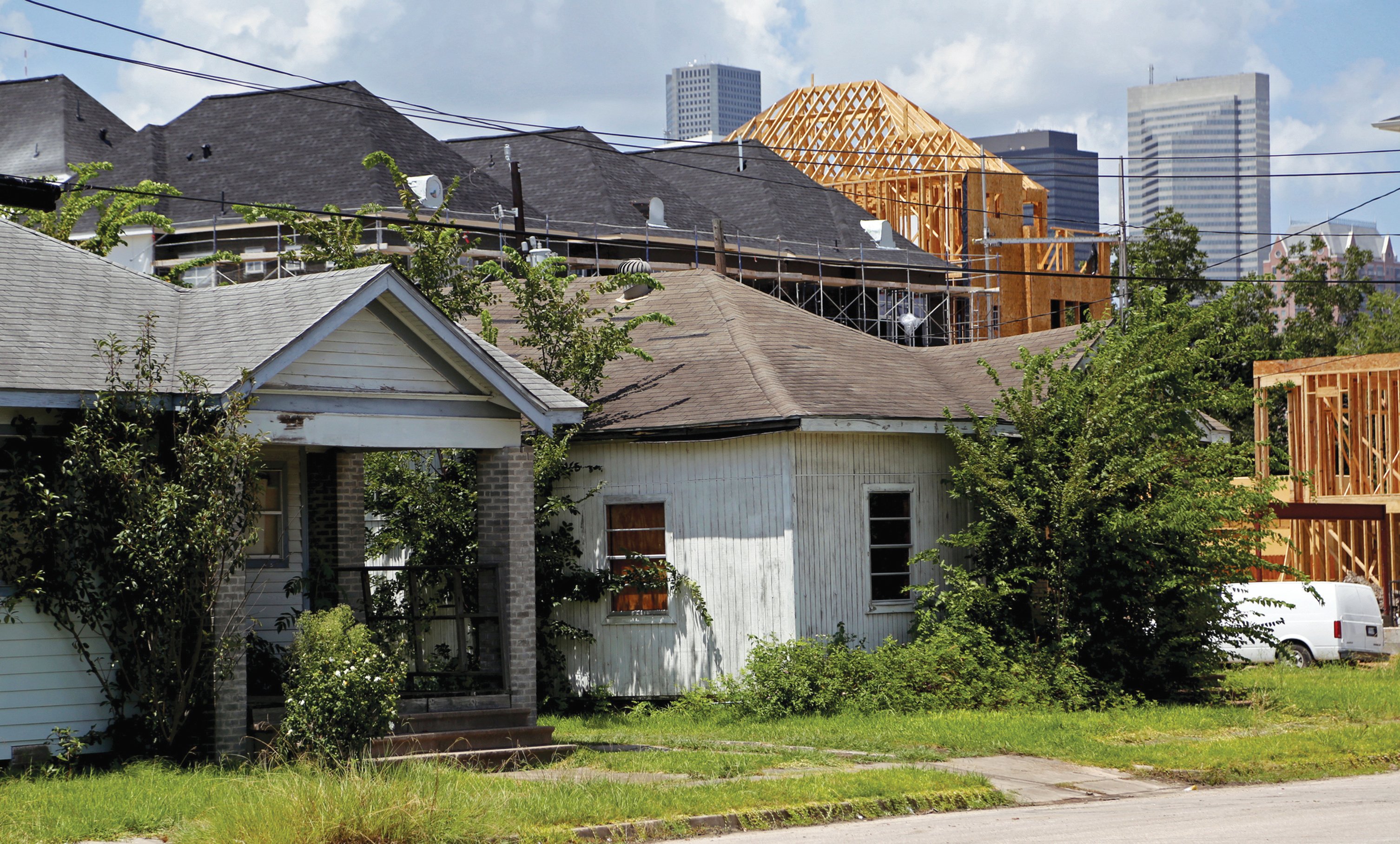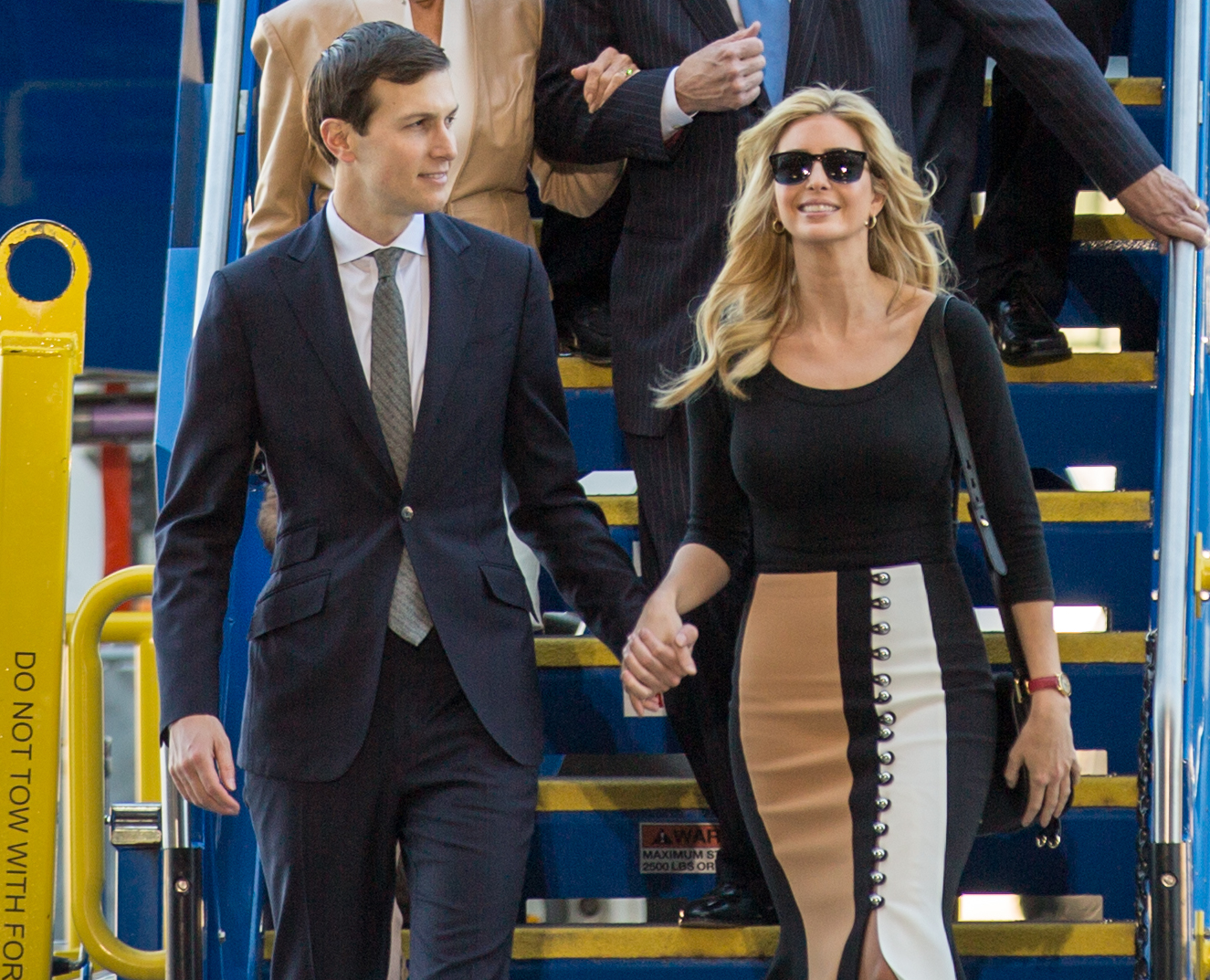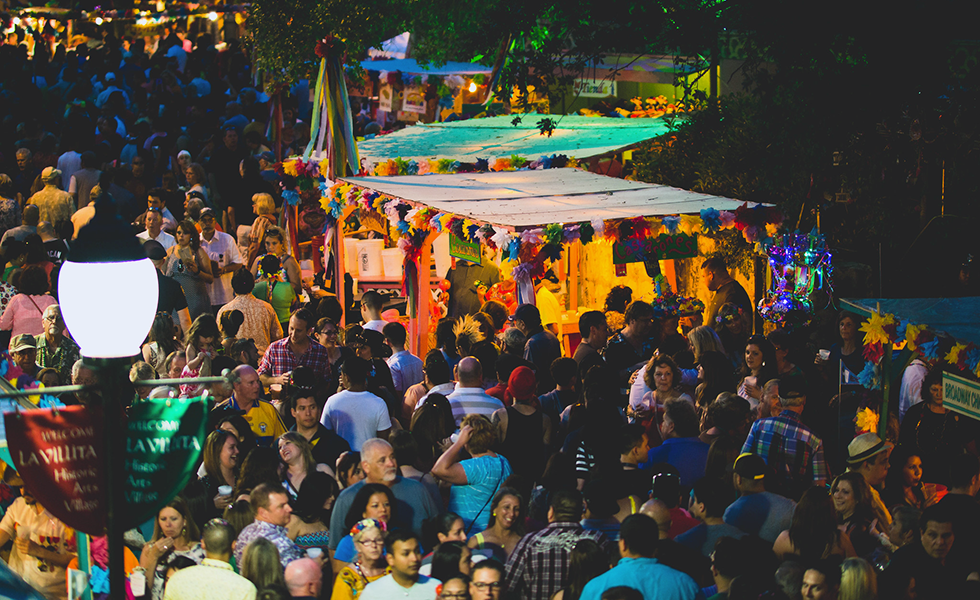
How Trump’s Tax Cuts Could Accelerate Gentrification and Inequality in Houston
Tucked inside Trump’s 2017 tax cuts is a tax break for real-estate investors worth $1.5 billion. Critics say it could become a gentrification accelerant.

A version of this story ran in the March / April 2019 issue.
Once a crown jewel of Black Houston, the Third Ward is no longer affordable for many longtime homeowners and tenants. High-end townhomes have subsumed many parts of the historically African-American neighborhood just east of downtown. From 2000 to 2013, median home values here soared 176 percent, while the African-American share of the ward’s population fell by more than 10 percent over roughly the same period.
That trend is playing out across the sprawling, unzoned city as developers move in on traditionally black and brown communities, fueling rapid socioeconomic change. And thanks to Donald Trump, those transformations could soon get a lot more severe.
Tucked inside Trump’s 2017 tax cuts is a tax break for real-estate investors worth $1.5 billion, ostensibly meant to spark new development in economically distressed neighborhoods that the bill defines as “opportunity zones.” Critics warn that it could quickly become a gentrification accelerant. White House power duo Ivanka Trump and Jared Kushner were behind the idea, and could now stand to make a lot of money from Kushner’s real estate holdings in opportunity zones.

So far, the Trump administration has signed off on the creation of several thousand opportunity zones across the country. Houston has 105, more than almost any other city. But as development experts point out, many of the areas that qualify for the incentives aren’t having much trouble attracting investment in the first place.
Take Houston’s Downtown and Midtown neighborhoods, for instance. These “opportunity zones” have undergone a dramatic makeover in recent years as luxury developers have swooped in. As the Houston Chronicle pointed out, if the federal government used census data from 2017 rather than 2015, these rapidly gentrifying areas wouldn’t have qualified. Now, developers that were already planning to build in Downtown and Midtown can get a fat capital gains tax break.
The Bayou City is notorious for uninhibited development, and that has community activists concerned that the incentives will only exacerbate gentrification in the Third Ward.
“History does not bode well,” said Assata Richards, a Third Ward community organizer. “We can wake up in five years in an extremely inequitable city.”
So far, the Trump administration has signed off on the creation of several thousand opportunity zones across the country. Houston has 105, more than almost any other city.
While Richards and other housing advocates don’t think opportunity zones are inherently bad, they also don’t believe investor-led redevelopment without local input will benefit existing communities.
“We have not disciplined ourselves in Houston to talk about ways to manage development,” Richards said. “We’re operating as a speculating town where any deal is a good deal.”
Housing advocates say that Houston leaders need to ensure that the incentives are used in collaboration with communities, not to their detriment. Many point to Mayor Sylvester Turner’s Complete Communities pilot project, which aims to implement comprehensive planning visions for low-income neighborhoods, as a good start. But new development also needs to be coupled with more robust affordable housing requirements and local hiring ordinances, Richards said.
Time is running out, as the tax incentives begin to kick in for 2019. The ink has already dried on the state’s first opportunity zone project: A commercial real-estate developer is building a $16 million self-storage facility in a swanky planned community on San Antonio’s South Side.


